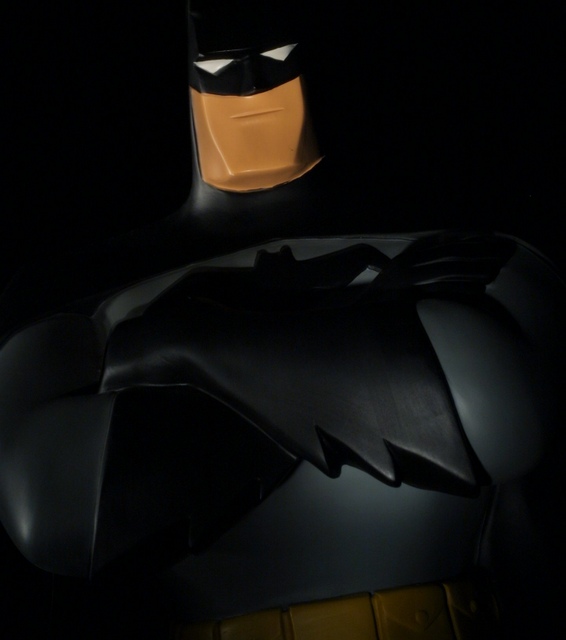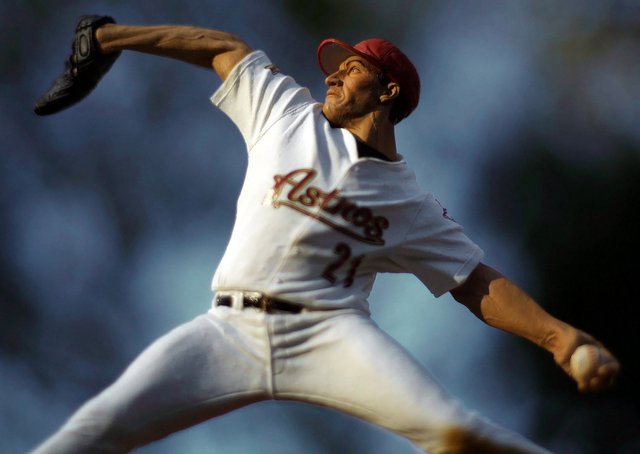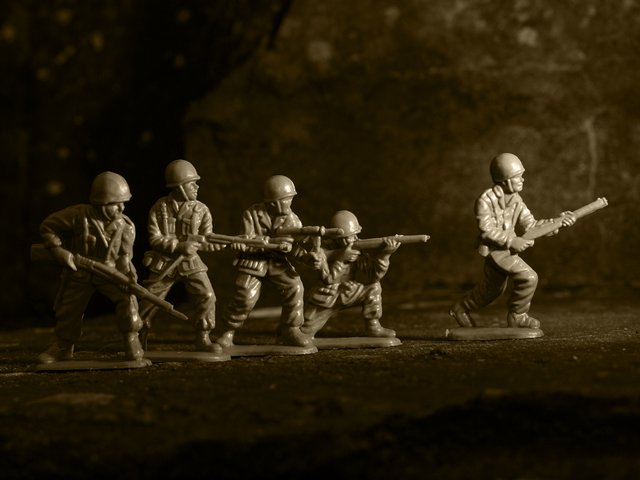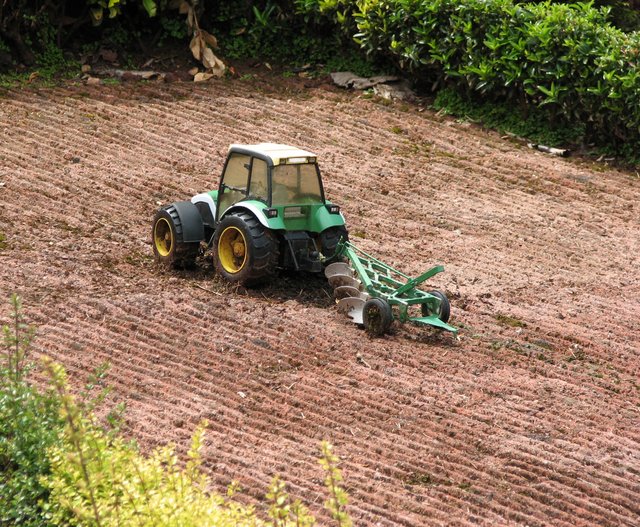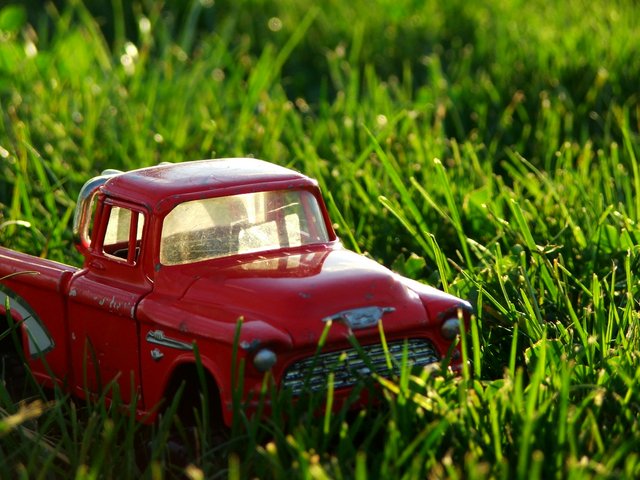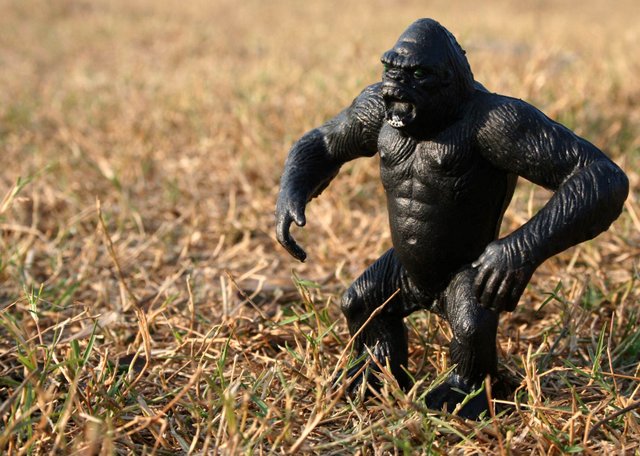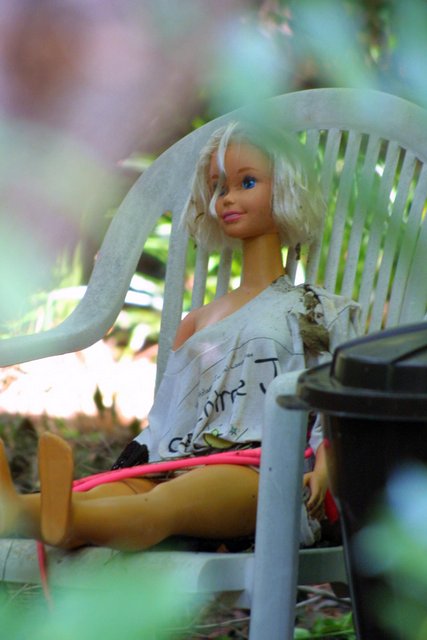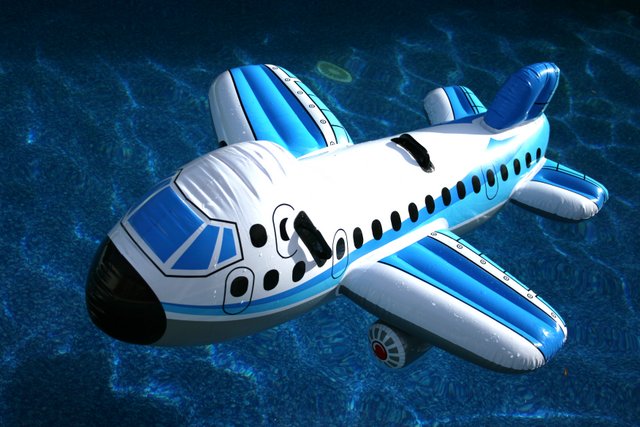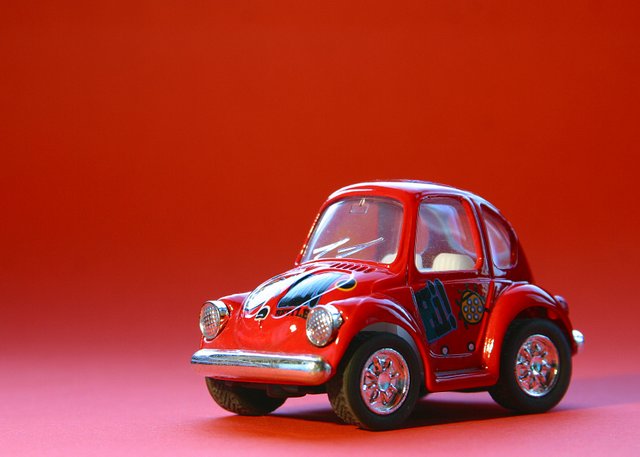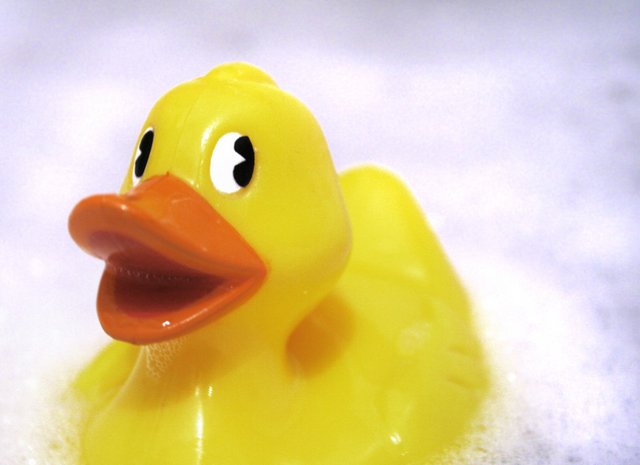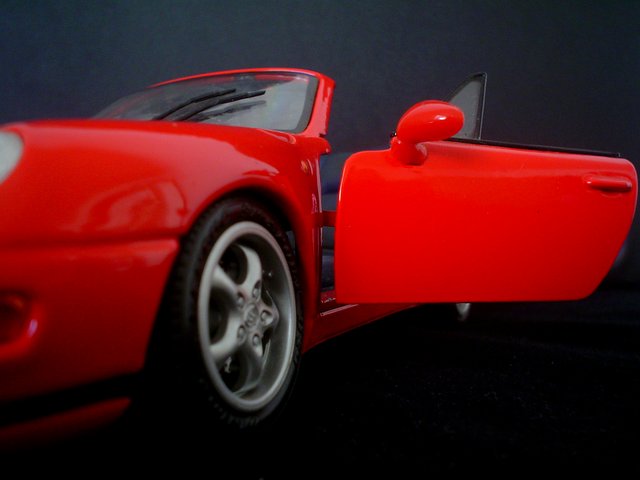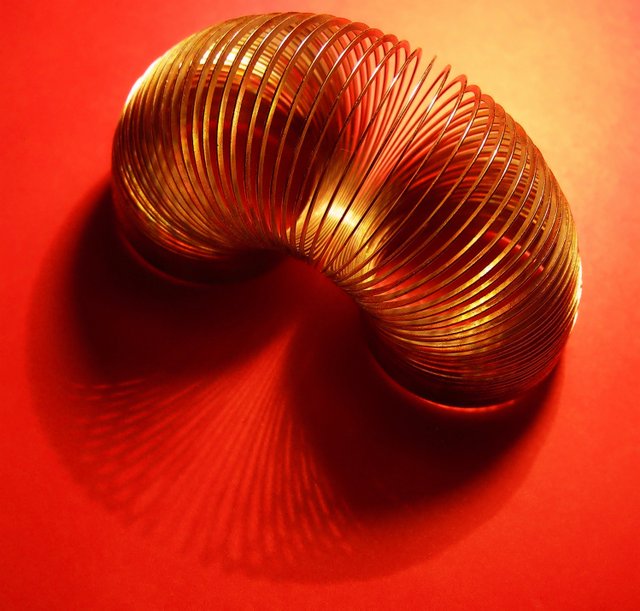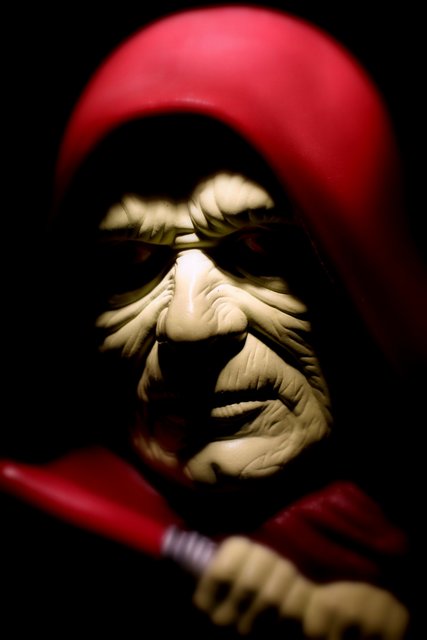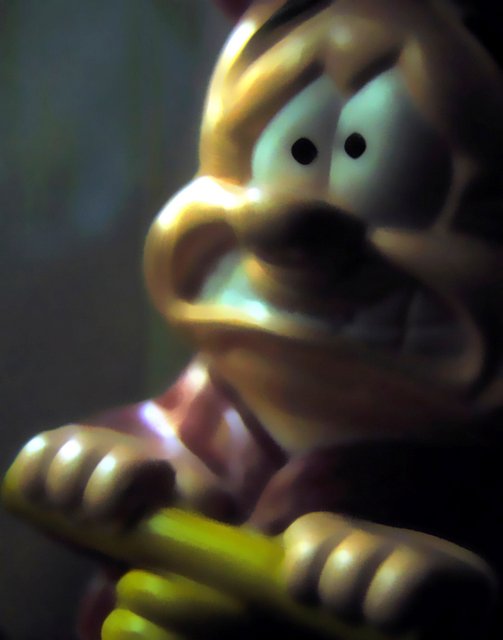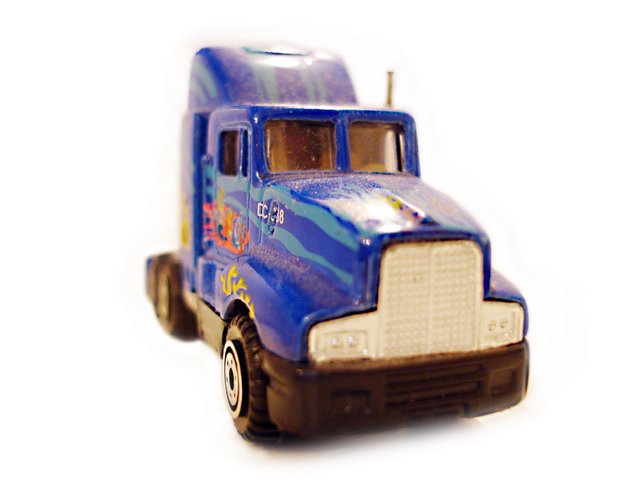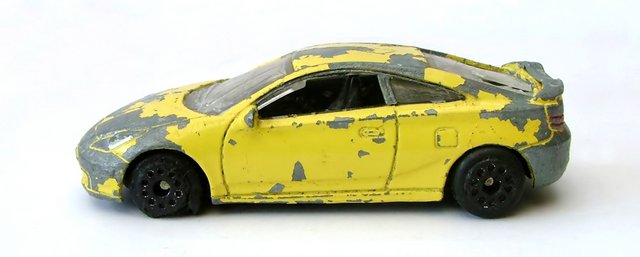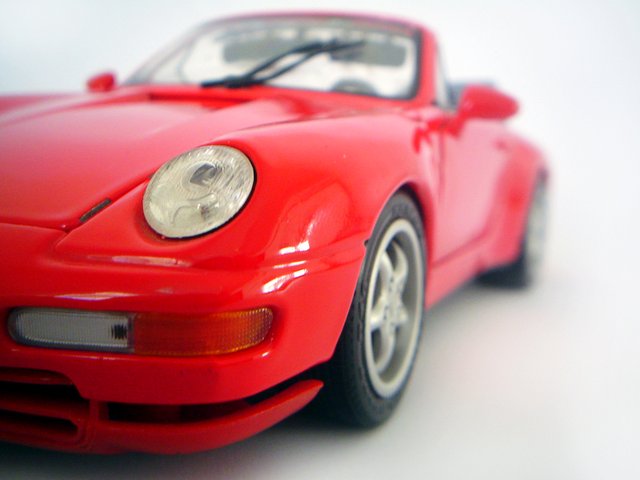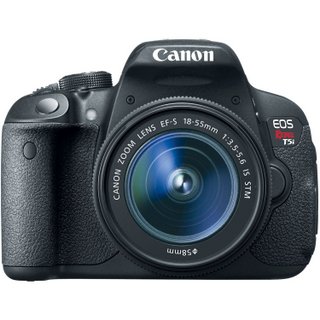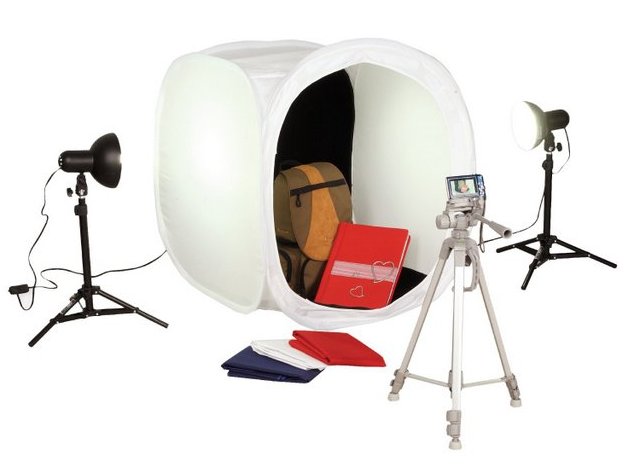Fun Photography Ideas
Tips For Photographing Toys And Memorabilia
Are you bored out of your mind looking for something to do? You're in luck!
We've got some fun photography ideas that will get you so excited you may never put your camera down.
Have you got some cool toys hiding in a closet or a drawer somewhere?
Or maybe you have some old memorabilia from your glory days stuck in a box in the attic?
Go get them and say goodbye to your boredom!
If you are just starting out in photography, these tips and ideas will help you make the normal seem incredible. If you already know how to handle a camera these fun photography ideas will ignite your creative juices.
Get ready. Here we go.
Turn Your Heroes Into Legends
Ever heard of the Hero Shot? It's a picture of someone or something taken from below. It forces the viewer to look up to them.
You saw Batman at the top of the page.
Batman looks even more awesome in that picture because I put the camera below his waist and made you look up.
We look up to heroes. We look down on mere mortals.
Fun Photography Ideas: Shoot from below to give your viewers the hero shot. Photo credit: Scott Umstattd
My heroes growing up were baseball players.
This hero shot of Houston Astros pitcher Andy Pettitte is actually an 8 inch action figure.
I bought it for a buck at Goodwill and it sat on a shelf in my man cave for months.
Until one boring day when I placed it on the hood of my car and started taking pictures of it.
Fun Photography Ideas: Don't just take the picture from above. Get down and dirty. Photo credit: Stephen Davies
By placing the camera alongside these warriors rather than above them we get the sense that they are an actual threat and not just some things that you can carry around in your pocket.
Where you put the viewer is so important that I will cover it in more detail. Just keep reading.
Fun Photography Ideas
Let Your Toys Out
You're looking for some fun photography ideas and your toys are just looking for some fun.
Give your toys the life they deserve.
Put them in the scenes they were meant to be in.
Tractors and gorillas don't belong on a shelf. Look at your stuff and determine where each item is suppose to be.
Then, go to that place and give your stuff what is wants: a life far removed from the humdrum life of shelfdom.
Fun Photography Ideas: Notice how the dirt is caked on the tires and plow. Photo credit: Chris Chidsey
Now this is a happy tractor. It's doing what it was meant to do; pretending to farm the land.
But notice how much work went into this shot.
The tractor wasn't just put on some dirt.
The ground was raked.
Dirt and mud is caked onto the wheels to give it a realistic feel.
Pay attention to the details in your pictures. Little things make big differences.
We'll cover that in detail, too. Just keep reading.
Fun Photography Ideas: Somebody's field needs plowing. Photo credit: Mike Thorn
Old trucks give a sense of nostalgia.
And sunset is a great time to bring out a nostalgic feeling.
Give your old model truck or car that feeling of days gone by letting it for some fresh air.
The light just after the sun rises and before it sets has a warm tint. The light at this time of day is also softer.
The shadows cast at this time of day can be softer compared to the midday sun's shadows.
We'll cover how to light your items in a moment. Just keep reading.
Fun Photography Ideas: A gorilla in its natural habitat. Out in the wild. Not in a drawer. Photo credit: Asif Akbar
You know what happens when King Kong is set loose? He has a great time! And so will you.
Let your animals run free.
But get down to there level to give them more of a life size feel.
Don't stand over a 6 inch action figure and take his picture.
It will only make him feel (and look) inadequate.
Fun Photography Ideas: Create your own paparazzi scene with your action figures. Photo credit: Scott Umstattd
I don't have dolls. I have action figures!
But one day walking around a beach in Florida I came across Barbie in a lawn chair in someone's back yard.
Now, I'm no paparazzi, but for a brief moment I felt like one.
It looks like Barbie had a pretty rough night.
But I have to give it to Barbie's owners.
At least they aren't keeping her locked up in some kid's room.
This Barbie has freedom. Maybe too much freedom.
Fun Photography Ideas
Camera Tips and Tricks
What follows are some simple photography guidelines you'll need to consider when taking pictures of your toys in order to give them a unique, emotional feeling.
Think Like A Cinematographer
A cinematographer is the person who is in charge of the cameras and the lights in a movie or TV show.
It's their vision that determines how each scene will be lit and where the cameras will be placed.
If you've seen Star Wars - wait. You've seen Star Wars.
Remember the opening scene when the Star Destroyer moved past the camera for what seemed like forever?
The cinematographer is the person who decided to put the camera underneath the Star Destroyer to let us know that this thing is big.
Really big.
And that we need to pay attention to it.
Give your stuff, be it a toy or an old baseball glove, a lot of attention.
Your choice of background, camera angle, depth of field, focal length and lighting will determine the kind of attention your toy gets.
Fun Photography Ideas: Take advantage of the options you have at your disposal. Photo credit: Gouin123
You're not working with a Star Wars budget.
So, take advantage of whatever is around you.
Rather than spending all day trying to show this comparatively small airplane flying in the sky, a quicker, easier and much cheaper solution was to use the blue lining of the pool to represent the sky.
By doing so we can view the airplane from above rather than below giving us a perspective different from what we are used to. The blue lining allows us to imagine a sky with clouds.
Imagination is what makes young people special. They don't block out reality as easily or willingly as adults. Think like a kid. Be a kid. And your pictures will have excitement built into them as a result.
Your Background Is Part Of Your Picture
Whether you have a simple white background or a busy and colorful background, how you use your background matters. A lot!
If you are placing your toy in its natural setting make sure there is nothing in the background that will distract your viewers.
As a cinematographer you are responsible for everything within the frame of your pictures.
Fun Photography Ideas: A clean background doesn't have to be white. Photo credit: Magda S
Using a background void of any distracting lights or shapes will make your toy stand out. If you can't place your toy in an appropriate setting, a clean background will ensure that your viewers focus only on what's important.
Fun Photography Ideas: Blurring your background can give your toys more pop. Photo credit: Yarik Mishin
Blurring the background behind this rubber duckie helps to make it stand out among a sea of bubbles. By using a wide aperture on your lens you can achieve the same effect.
Your Camera Angle
Just as placing your camera (and your viewer) below your toy gives it a sense of awe, placing your camera at eye-level or above eye level or off-center will determine how your picture will be interpreted.
With the photo below, can't you just see yourself climbing into this cool red car?
Fun Photography Ideas: Camera placement/angle are key components to setting the mood.
Photo credit: Thiago Felipe Festa
Your camera angle and background are only part of what determines how your picture will be interpreted. How you choose to light your toys also plays a critical role. It's another detail that is often overlooked.
Controlling And Managing Your Light
Lighting is everything in photography. I say everything because without light, it is impossible to take pictures.
OK, if you have a night vision camera you can still take pictures but you will not see the colors within the visible spectrum. With heat sensitive, ultra-violet or infra-red cameras you cannot capture the rich vibrancy of colors found in the visible light spectrum.
Whether you are chasing down some fun photography ideas or simply taking a family portrait. Light direction, light color and light strength (amount of light) can make your pictures feel flat if not used correctly. Lighting is a powerful asset that breathes life to your pictures.
Fun Photography Ideas: By using dramatic light from the side we can see the outline of the slinky in its shadow. Photo credit: Hannah Chapman
Make sure you put your subject in a light that makes it appealing.
Pay close attention to shadows and highlights.
You can use your exposure settings with more confidence if you know the basics of overexposure and underexposure.
Fun Photography Ideas: If your toy is evil, shine a menacing light on it from above to highlight its personality. Photo credit: Scott Umstattd
By shining light down on the Emperor, I created a menacing look to go along with his menacing attitude.
Shining light down like this creates shadows over the eyes in a blanket of darkness making them more mysterious. Or in this instance, more menacing.
Fun Photography Ideas: By using an even light source from the side we can really appreciate the tremendous amount of stress that Elmer Fudd is going through. Photo credit: Scott Umstattd
By using or placing light that comes across a face, you give your viewer a clear picture of what the person (or toy) is about.
There is nothing to hide as the full expression of the face can be seen.
The mystery is removed.
Excellence Lies In The Details
The attention you give to the details can make or break your picture and will determine how people to react to it. Your attention to the details involve every aspect of photography as you play with these fun photography ideas.
The sense of perspective is ruined if you have a dog walking in the background of your tractor plowing a field.
If you have your light source coming from the wrong direction that can change the meaning behind your shot.
If you place your camera at an angle that doesn't draw a sense of awe, inspiration or imagination that can make your picture look like the millions of other drab and boring pictures we are flooded with everyday.
Take your time and think through every aspect of what you are doing. Don't just point and shoot.
Fun Photography Ideas: Nothing wrong with a little dust. Just make sure you are in control of everything in your shots. Remember, you are the cinematographer. You control everything! Photo credit: Dimitris Petridis
You can always use Photoshop after the fact but you can make your life much easier if you get it right in the camera. Look for dust, areas where paint has been chipped - look for any defects or distractions that could give your viewers the opportunity to say something negative about the cherished toys and figures you are taking pictures of.
That said, there is a difference between a dusty truck and a muddy tractor. If the dents and the scratches on your toys are what makes them interesting, then by all means take measures to highlight those unique qualities that made you love it in the first place.
Fun Photography Ideas: A dinged up toy can make for a great picture! Photo credit: Jason Conlon
Fun Photography Ideas
Using the Right Equipment
Not all cameras are created equal. Some lenses are better than others. And some lenses and some cameras have specific areas where they are designed to excel.
So, what kind of camera and lens do you need (as a cinematographer) to give your action figures, dolls and model cars what they need?
The Right Lens
For up close and detailed photography you can use a macro lens. Lenses like the Canon EF 180mm f/3.5L USM Macro or the Canon EF 100mm f/2.8L IS USM Macro will make your small toys look big.
By using a zoom lens like a Canon 200mm f/2.8L USM or a Canon 75-300mm f/4-5.6 IS USM you can compress the background causing it to blur. This too can make your small toys look big.
With macro lenses you will need to be close to your subject. These are the lenses used when you see a close-up picture of an insect. Macro lenses are made to take big pictures of small things.
A big draw-back with macro lenses is that it will be challenging to gain focus throughout the your entire depth of field. When using a macro lens it may be easy to focus on a small car's headlights, but the tail lights will be out of focus if you don't use a narrow aperture.
Fun Photography Ideas: A wide aperture was used to get this picture. Macro lenses demand that a very narrow aperture be used if you want to get everything in your depth of field in focus. Photo credit: Thiago Felipe Festa
But, when you use a narrow aperture you are limiting the amount of light that hits your camera's sensor.
To bring in more light so that you can use a narrow aperture you can use a longer shutter speed or increase your camera's ISO. However, both of these photography techniques have drawbacks.
If you use a long shutter speed you will need a tripod because your movement will create motion blur. If you increase your ISO you may get a lot of noise in your picture.
Your other option is to bring in additional light either from a lamp, the sun or a professional lighting kit when using a narrow aperture.
The Right Camera
If you use a point and shoot camera you are limited in how you can approach your project.
DSLR cameras, like the one I use, the Canon 60D, allow you to change lenses to get exactly what you want because they have bigger sensors.
DSLR cameras also give you more latitude when you are working in natural light settings. If the you are shooting in low light situations, a DSLR camera gives you more options to make the most from a small amount of light.
DSLR cameras have larger sensors than point and shoot or pocket-sized cameras. Remember, the bigger the sensor the better. DSLR cameras will either have a crop factor of about 1.6 or they will have full frame sensors.
A camera with a 1.6x crop factor has a sensor that is 1.6x smaller than a camera with a full frame sensor. A camera with a full frame sensor is better than a camera with a crop factor. A bigger sensor will catch more light.
An example of a full frame DSLR camera is the Canon 5D Mark III. An example of a DSLR camera with a crop factor is the Canon 7D.
There are plenty of options and different manufacturers to choose from. But in the end it's kind of like choosing between Coke, Pepsi, Dr. Pepper or Root Beer. They all do basically the same thing and if you are thirsty any of one of them works well.
The Canon Rebel T5i is another quality DSLR with a 1.6x crop factor that fits into your budget. It can be used with a lot of different lenses giving you almost endless options to get the right focal length.
Final Thoughts On Equipment
You don't have to spend a lot of money to turn any DSLR lens into a macro lens. An extension tube can be connected between your camera and your lens to let you get in real close to your tiny toys.
But, you will still need to use a narrow aperture to get focus throughout the entire depth of field. And remember, with a very narrow depth of field you will need a lot of light. A lot of light, I tell you!
If you don't have a tripod around you can place your camera on a table or anything solid and sturdy so that you can use a long shutter speed to let in tons of light.
You are doing this to make sure your body movements don't cause camera blur.
When you are using a long shutter speed you have to eliminate camera movement. There are a couple of extra steps you can take to make sure your pictures are tack sharp.
Use a remote shutter release. This connects to your camera and will let you open the shutter without touching your camera. Or you can use your camera's timer to open the shutter.
Both of these things do the same thing.
They keep your hands off your camera because pressing the shutter may cause your camera to move. Using these ideas will allow the shutter to open without touching your camera and that will give you sharp pictures.
A product photography kit gives you everything you need to light your action figures and toys.
A great tool that can help you overcome some lighting challenges is a product photography kit. Most people will use something like the Square Perfect Platinum Studio in a Box (pictured above) to take pictures of jewelry or tooth brushes and you can use this exact same thing to make your G.I. Joe look like a movie star in a controlled environment.
Fun Photography Ideas Wrap Up
In the end, you can choose from a lot of lenses and you have a lot of camera options. But the bottom line is every camera and every lens has limitations. The best camera is the one that is in your hands.
Don't complain that your equipment can't do what you want it to. Cinematographers who use lenses, cameras and lights that cost hundreds of thousands of dollars are limited as well.
In order to keep having fun, understand what limitations your equipment has and then work around those limitations. Use your imagination to solve some of the problems you face. Don't have a macro lens or an extension tube? Try placing a magnifying lens in front of your camera lens and see what happens.
That should give you some ideas to kill your boredom. So, get out of your rut and out into the front yard or balcony or whatever you have and start taking some cool pictures of your stuff for the rest of us to see! And don't forget to take your toys with you. They need to get out every now and then too.
